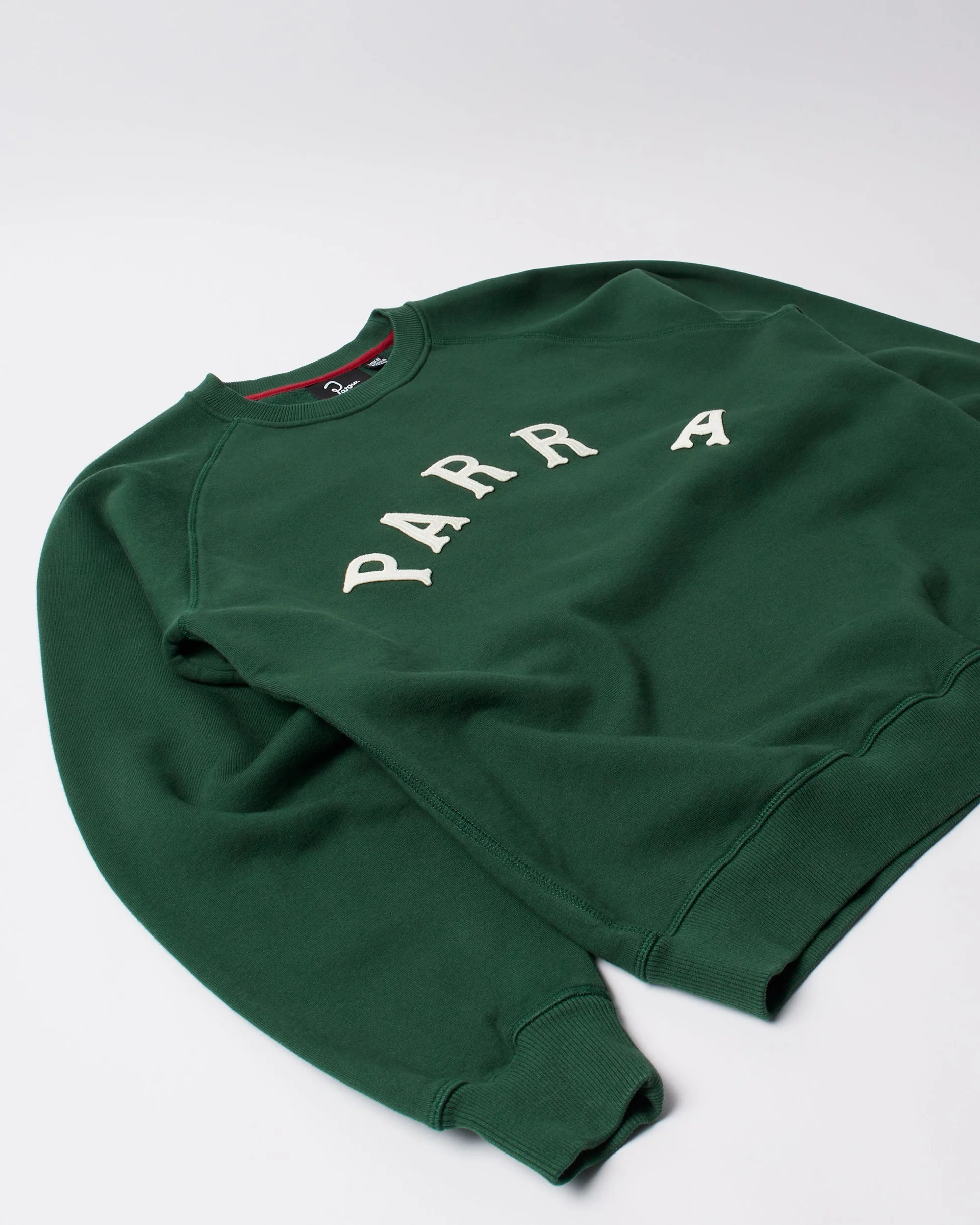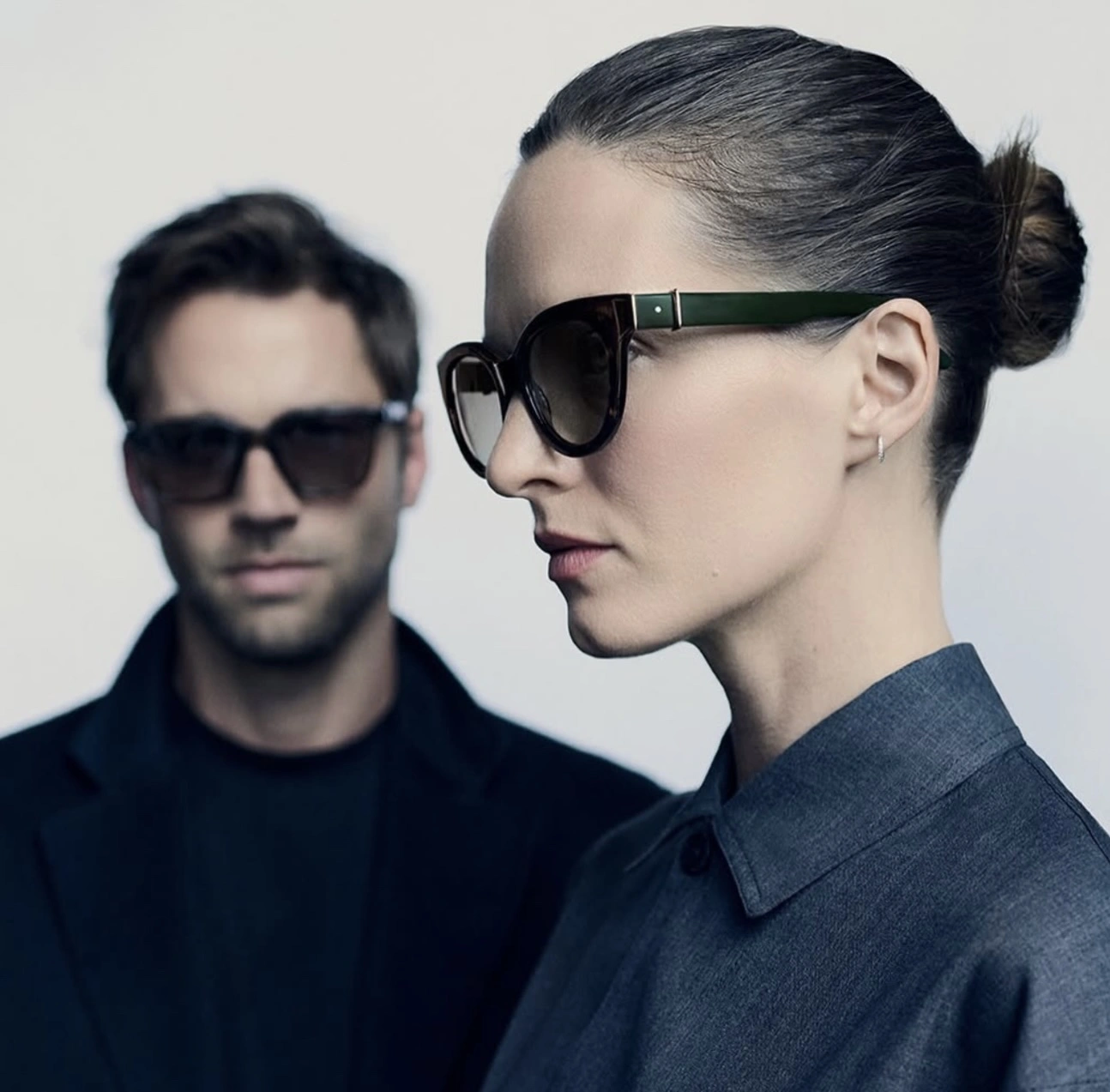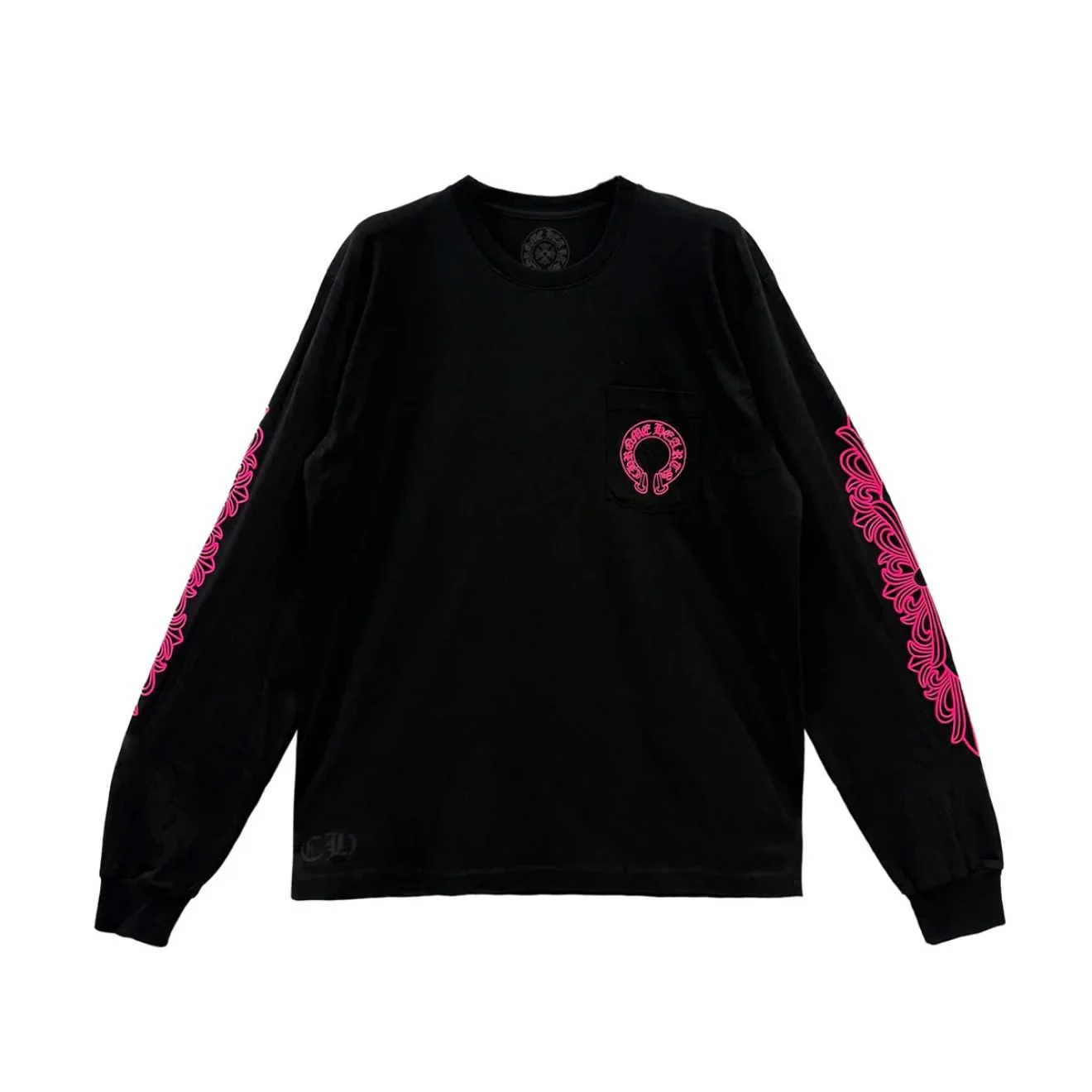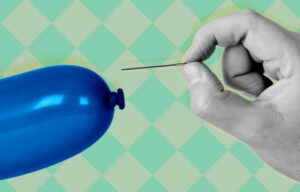Paris Fashion Week has ignited a thought-provoking debate surrounding the use of fur in the fashion industry, presenting a nuanced perspective that contrasts with London Fashion Week’s outright ban. At the heart of this discourse is the question of sustainability and the potential for creativity to bridge the gap between ethics and environmental responsibility.
Gabriela Hearst’s Bold Collection
Leading the charge for sustainable design, Gabriela Hearst showcased repurposed vintage fur in her Paris Fashion Week collection. By sourcing old mink coats from Italy, Hearst demonstrated that existing materials can be used to create innovative pieces without supporting new fur production. This approach highlights the potential of a circular fashion economy while challenging preconceived notions about the role of fur in contemporary design.
The Faux Fur Dilemma
While faux fur offers a cruelty-free alternative to real fur, it also presents environmental concerns. Made from plastic, faux fur contributes to microplastic pollution and landfill waste, even when derived from recycled materials. In contrast, vintage fur allows designers to work with existing resources, reducing waste and avoiding the environmental impact of synthetic production.
Navigating the Ethics of Fashion
As designers explore the use of vintage fur, ethical questions remain: Does the repurposing of fur normalize its use as a fashion statement? Or can it serve as a sustainable solution that prioritizes animal welfare and environmental concerns? Hearst’s collection also showcased innovative materials like silk schappe faux fur and python leather from invasive species, demonstrating that creativity can drive progress in sustainable fashion.
The Path Forward
Paris Fashion Week has reaffirmed that sustainability and style can coexist. However, the future of the industry rests on the ability of designers, consumers, and fashion stakeholders to make thoughtful choices that balance ethical considerations with environmental responsibility. Whether through the use of repurposed materials or the development of innovative, cruelty-free alternatives, the world of fashion must continue to evolve and adapt to meet the challenges of our changing world.
No comments yet.








